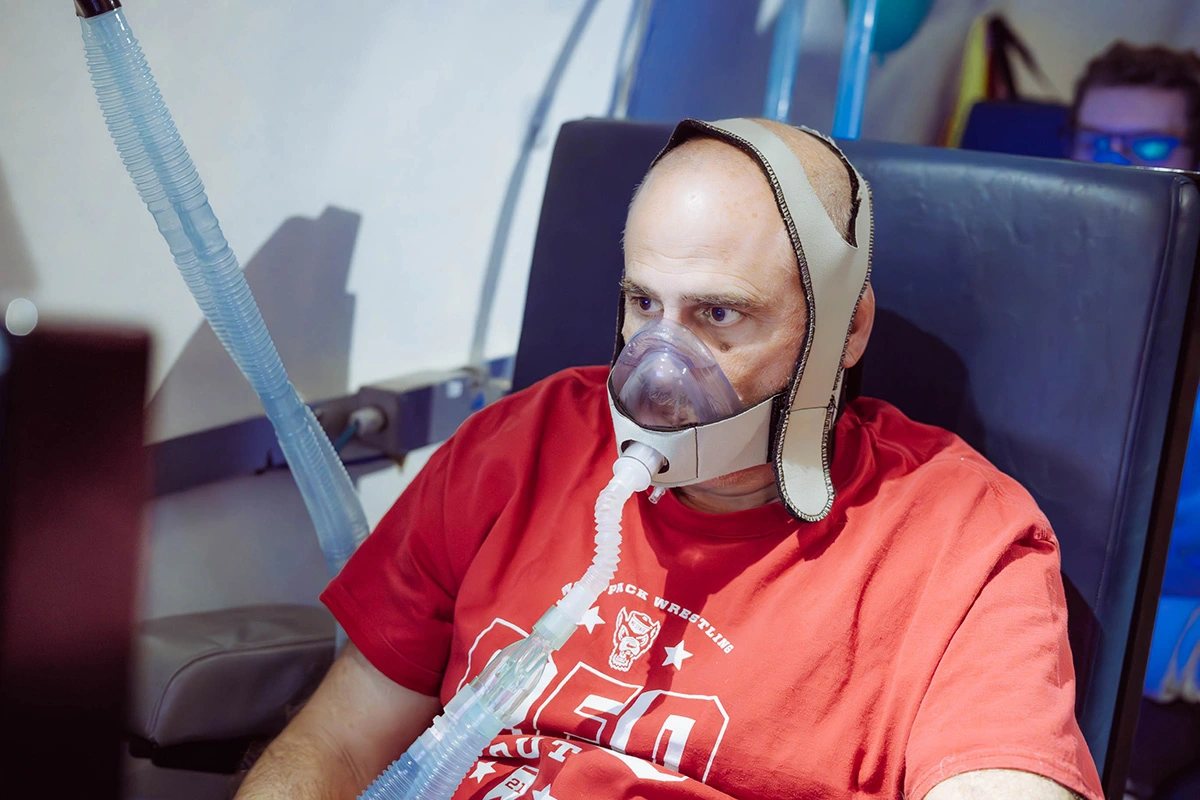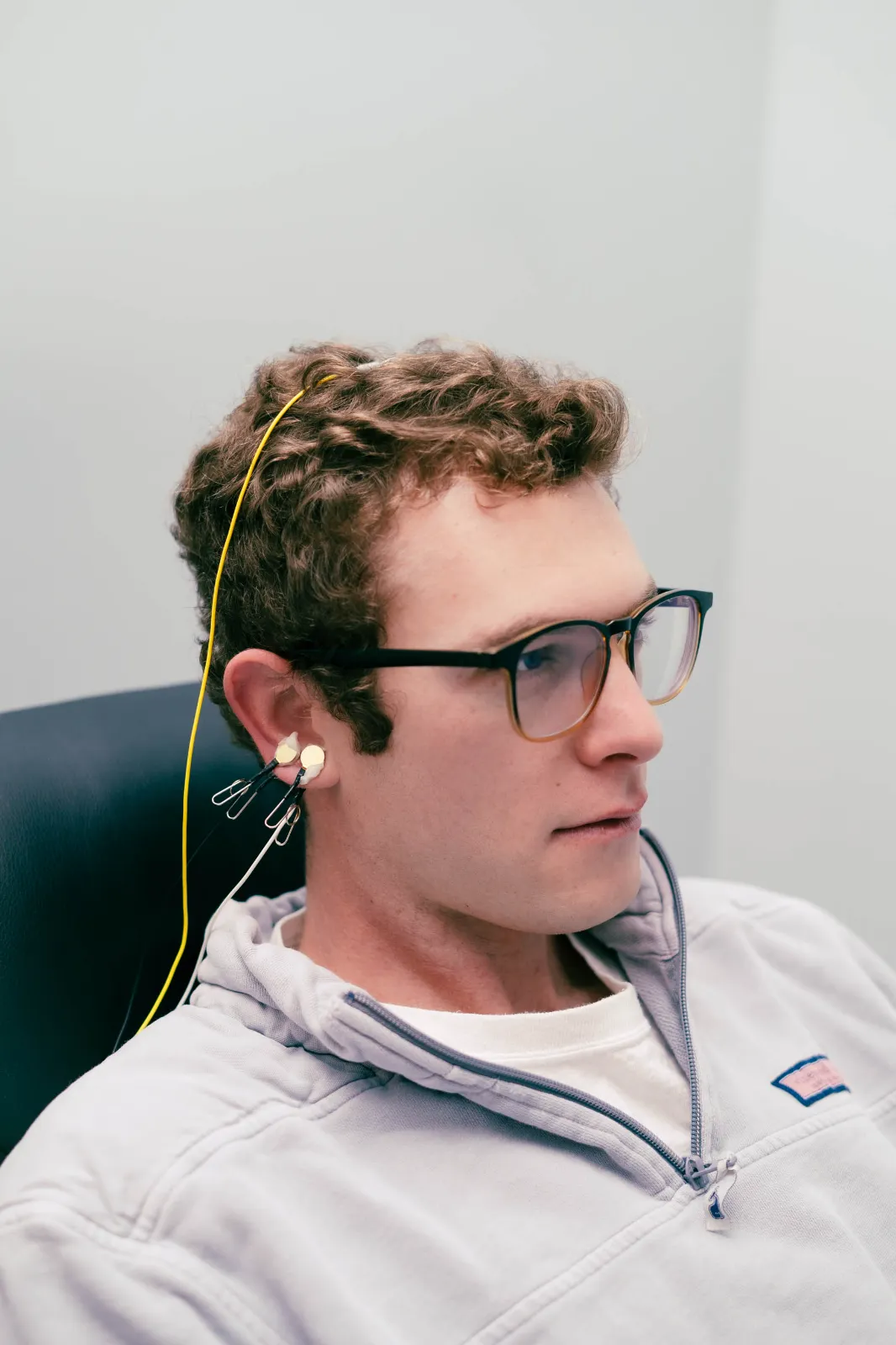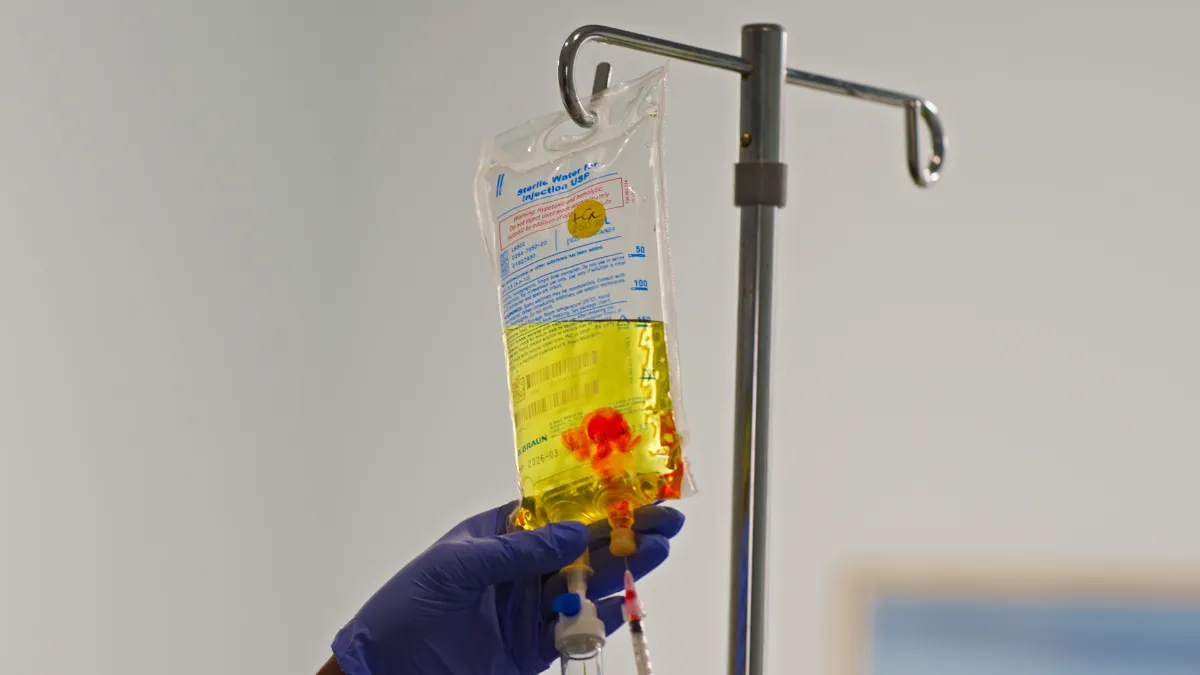Addiction
Addiction can profoundly impact every aspect of life—affecting mental health, physical well-being, relationships, and daily functioning. At Extivita, our mission is to support individuals on their recovery journey by offering advanced, evidence-informed therapies that complement standard addiction treatments and promote overall wellness. By addressing underlying physiological factors—such as oxidative stress, inflammation, and neurobiological imbalances—our therapies aim to support the body’s natural healing processes and enhance recovery outcomes.
Each therapy offered at our clinic is grounded in scientific evidence and guided by clinical research. We provide a comprehensive and personalized approach that includes therapies such as Hyperbaric Oxygen Therapy (HBOT), Pulsed Electromagnetic Field (PEMF) Therapy, and Nutritional IV Therapy. These therapies are integrated into our patient care model to support holistic wellness and may serve as adjuncts to conventional addiction treatment approaches.
Understanding Addiction
Common signs and symptoms:
- Persistent cravings or urges to engage in a substance or behavior
- Loss of control over usage or engagement
- Continued involvement despite negative consequences
- Withdrawal symptoms when not engaging
- Neglecting responsibilities at work, school, or home
Extivita Therapies for Addiction Recovery
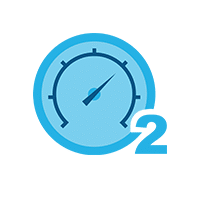
Hyperbaric Oxygen Therapy

Nutritional IV Therapy
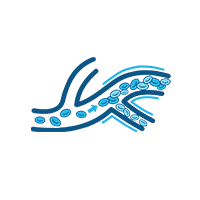
Pulsed Electromagnetic Field Therapy (PEMF)
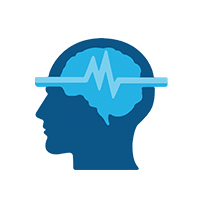
Neurofeedback

Infrared Sauna
Hyperbaric Oxygen Therapy (HBOT)
How HBOT Supports Addiction Recovery
Enhances Brain Healing and Neuroplasticity
Chronic substance use and behavioral addictions can lead to neuroinflammation, oxidative stress, and hypoxia, resulting in cognitive impairments and emotional instability. HBOT has been found to promote brain healing by increasing oxygen levels in the brain, which can improve cognitive function and emotional well-being in individuals recovering from addiction.
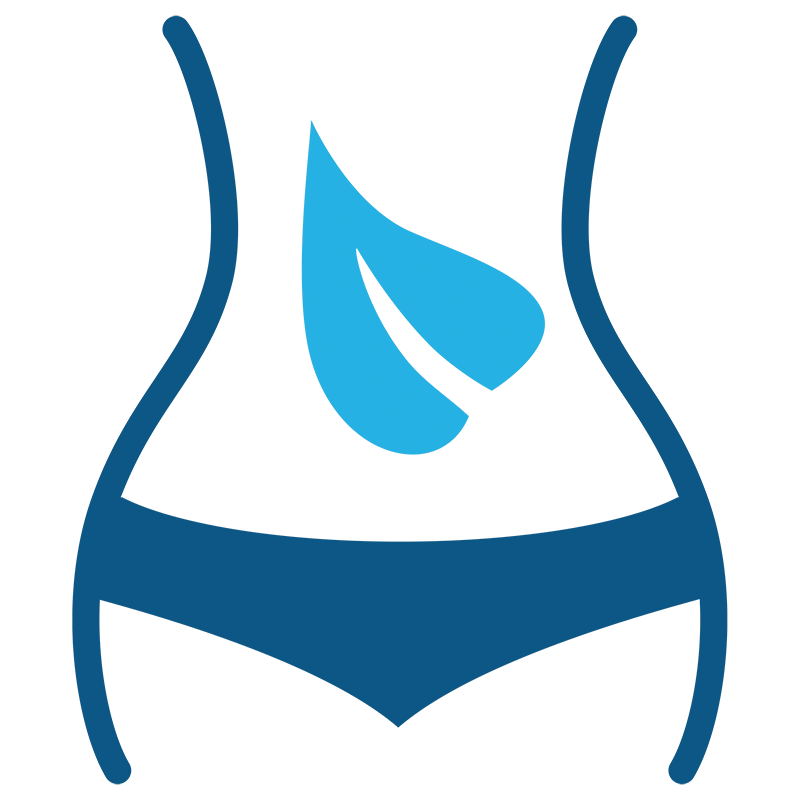
Facilitates Detoxification
HBOT supports the body’s natural detox by boosting the efficiency of organs like the liver and kidneys. Increased oxygen levels help remove toxins and waste more quickly, promoting a smoother, faster detox process.
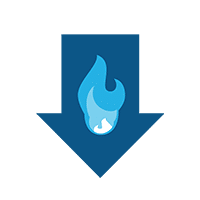
Reduces Cravings and Withdrawal Symptoms
By reducing neuroinflammation and balancing neurotransmitters, HBOT may ease cravings and withdrawal symptoms. This can make recovery more manageable and lower the risk of relapse.
Improves Circulation and Tissue Repair
HBOT improves microcirculation and stimulates new blood vessel growth, enhancing oxygen and nutrient delivery. This supports repair of organs like the liver and pancreas damaged by substance use.
Supports Overall Mental Well-being
By improving oxygenation and reducing inflammation, HBOT can enhance mood, reduce anxiety and depression, and promote better sleep. These benefits support overall mental well-being, which is crucial for individuals in recovery.
Neurofeedback Therapy
Neurofeedback is especially powerful in addiction recovery. It helps retrain the brain’s reward system, reduces impulsivity, and improves emotional regulation—three major challenges people face when overcoming substance use disorders.
How Neurofeedback Supports Addiction Recovery
Rewires Maladaptive Brain Patterns
Addiction can cause the brain to form strong habits that make it hard to stop the behavior. Neurofeedback leverages the brain’s neuroplasticity to help individuals “rewire” these maladaptive patterns. By reinforcing healthier brainwave activity, neurofeedback supports the development of new, adaptive behaviors conducive to recovery.
Reduces Cravings and Enhances Self-Regulation
By training individuals to modulate their brain activity, neurofeedback can decrease cravings and improve impulse control. This self-regulation is crucial in managing triggers and preventing relapse, providing individuals with greater control over their responses to stressors.

Improves Sleep Quality
Sleep disturbances are common in individuals recovering from addiction. Neurofeedback has been shown to promote restorative sleep patterns by normalizing brainwave activity associated with sleep.
Alleviates Stress and Anxiety
Neurofeedback helps in calming overactive stress responses in the brain, promoting relaxation and reducing anxiety levels without the need for medication or invasive treatments, making it a powerful tool for mental wellness.
Integrating Neurofeedback into a Comprehensive Treatment Plan
Nutritional IV Therapy for Addiction
How Nutritional IV Therapy Supports Individuals Navigating Addiction
Addiction can deplete the body of essential nutrients, impair detoxification pathways, and disrupt brain function. Nutritional IV Therapy may help support individuals facing addiction by:
Replenishes Nutrient Deficiencies
Substance use can lead to significant deficiencies in B vitamins, magnesium, and amino acids. IV therapy rapidly restores these vital nutrients, supporting physical and neurological recovery.
Promotes Detoxification
Glutathione, known as the body’s master antioxidant, plays a crucial role in detoxification. It helps neutralize harmful toxins, support liver function, reduce oxidative stress caused by prolonged substance exposure, and promote cellular repair and regeneration.
Supports Mitochondrial Health
NAD+ (nicotinamide adenine dinucleotide) is a critical coenzyme that supports mitochondrial function, brain repair, and cognitive clarity. NAD+ infusions may help replenish what’s been depleted through addiction, potentially aiding neurological healing and stabilizing mood.
Recommended IV Therapies for Addiction Support
NAD+ Trio IV
Components: NAD+, Myers’ Cocktail, Glutathione
This comprehensive IV combines three therapeutic agents that work synergistically to support recovery.
- NAD+ may aid in restoring mitochondrial health and cellular energy.
- Myers’ Cocktail delivers nutrients that support nervous system balance and stress response.
- Glutathione promotes detoxification and cellular repair.
Myers’ Cocktail
Components: B complex vitamins, Vitamin C, Magnesium, Calcium
Often depleted in individuals recovering from substance use, these nutrients play essential roles in brain function, energy metabolism, immune health, and stress regulation. The Myers’ Cocktail can help replenish these nutrients, potentially supporting emotional stability, sleep quality, and overall vitality.
Glutathione IV
Components: Pure Glutathione
Glutathione supports detoxification in the liver, reduces inflammation, and protects cells from oxidative damage. It’s especially helpful in managing the toxic burden on the body that often accompanies substance use and withdrawal.
Pulsed Electromagnetic Field (PEMF) Therapy
How PEMF Therapy Supports Individuals Facing Addiction
Chronic substance use can disrupt brain function, stress responses, and cellular health. PEMF Therapy may support addiction recovery by:

Regulates Brain Wave Activity
PEMF may help calm overactive neural circuits and enhance communication between brain regions. This may promote emotional stability, reduce anxiety, and support focus—beneficial effects for those recovering from addiction-related neurological imbalances.
Supports Mitochondrial Health
Addiction can deplete the body’s cellular energy reserves. PEMF Therapy helps re-energize cells by stimulating mitochondrial function, potentially improving mood, mental clarity, and physical vitality during the recovery process.
Enhances Oxygenation
Addiction can deplete the body’s cellular energy reserves. PEMF Therapy helps re-energize cells by stimulating mitochondrial function, potentially improving mood, mental clarity, and physical vitality during the recovery process.
Infrared Sauna Therapy for Addiction
How Infrared Sauna Supports Individuals in Addiction Recovery
During addiction recovery, the body undergoes significant stress—physically, mentally, and emotionally. Infrared Sauna Therapy may help restore balance and well-being through the following mechanisms:

Pain and Inflammation Reduction
Infrared heat may also help relieve joint and muscle pain, reduce inflammation, and promote overall physical comfort—making it easier for individuals to stay active, rest deeply, and maintain commitment to their recovery journey.
Reduces Oxidative Stress
Substance use can leave behind metabolic byproducts and toxins that burden the body. Sweating in an infrared sauna helps the body release stored toxins, which may ease the detox process and reduce oxidative stress.
Stress and Anxiety Relief
Infrared heat encourages the body to shift into a relaxed, parasympathetic state. This calming effect may reduce symptoms of anxiety, restlessness, or agitation that often accompany early recovery, supporting emotional regulation and mental clarity.

Supports Sleep Regulation
Sleep disturbances are common in addiction recovery. Infrared Sauna sessions may promote deeper, more restorative sleep by calming the nervous system and supporting hormonal balance, which are vital for cognitive and emotional repair.
Take the Next Step Toward Recovery and Renewed Strength
Break free from the cycle—Schedule your Free Personalized Wellness Visit today and take the first step toward healing, hope, and lasting wellness.
Schedule Your Free Wellness Visit →
References:
- Chakkalakkudy, Geomy George, et al. “Hyperbaric Oxygenation in Treatment of Alcohol Withdrawal.”
- Wilson, Marian, Tamara Odom-Maryon, et al. “Hyperbaric oxygen to assist adults with opioid use disorder in reducing methadone dose.” Journal of Addictions Nursing, vol. 33, no. 1, Jan. 2022, pp. 27–36, https://doi.org/10.1097/jan.0000000000000447.
- Nicoara, Daniel, et al. “Hyperbaric oxygen treatment suppresses withdrawal signs in morphine-dependent mice.” Brain Research, vol. 1648, Oct. 2016, pp. 434–437, https://doi.org/10.1016/j.brainres.2016.08.017.
- Buckley, Christopher J. “Hyperbaric Oxygen Effects on Angiogenesis.” StatPearls, U.S. National Library of Medicine, 4 Sept. 2023, www.ncbi.nlm.nih.gov/books/NBK482485/.
- Hadanny, A., et al. “Hyperbaric oxygen can induce neuroplasticity and improve cognitive functions of patients suffering from anoxic brain damage.” Restorative Neurology and Neuroscience, vol. 33, no. 4, 19 Aug. 2015, pp. 471–486, https://doi.org/10.3233/rnn-150517.
- Maroon, Joseph C. “The effect of hyperbaric oxygen therapy on cognition, performance, proteomics, and telomere length—the difference between zero and one: A case report.” Frontiers in Neurology, vol. 13, 29 July 2022, https://doi.org/10.3389/fneur.2022.949536.
- Dehghani-Arani, Fateme, et al. “Neurofeedback training for opiate addiction: Improvement of mental health and craving.” Applied Psychophysiology and Biofeedback, vol. 38, no. 2, 20 Apr. 2013, pp. 133–141, https://doi.org/10.1007/s10484-013-9218-5.
- Braidy, Nady, et al. “Sobriety and satiety: Is NAD+ the answer?” Antioxidants, vol. 9, no. 5, 14 May 2020, p. 425, https://doi.org/10.3390/antiox9050425.
- Kwon, Da Hye, et al. “Protective effect of glutathione against oxidative stress-induced cytotoxicity in RAW 264.7 macrophages through activating the nuclear factor erythroid 2-related factor-2/heme oxygenase-1 pathway.” Antioxidants, vol. 8, no. 4, 1 Apr. 2019, p. 82, https://doi.org/10.3390/antiox8040082.
- Lewis, Michael J. “Alcoholism and nutrition: A review of Vitamin Supplementation and Treatment.” Current Opinion in Clinical Nutrition & Metabolic Care, vol. 23, no. 2, Mar. 2020, pp. 138–144, https://doi.org/10.1097/mco.0000000000000622.
- “Gamma PEMF Therapy: A Pilot Study for Its Use in Managing Opioid Addiction.” MedCentral, MedCentral, www.medcentral.com/addiction-med/oud/gamma-pemf-therapy-pilot-study-its-use-managing. Accessed 17 June 2025.
- Capelli, Enrica, et al. “Low-frequency pulsed electromagnetic field is able to modulate mirnas in an experimental cell model of alzheimer’s disease.” Journal of Healthcare Engineering, vol. 2017, 2 May 2017, pp. 1–10, https://doi.org/10.1155/2017/2530270.
- Lennox, Richard D, and Marie Cecchini-Sternquist. “Safety and tolerability of sauna detoxification for the protracted withdrawal symptoms of substance abuse.” Journal of International Medical Research, vol. 46, no. 11, 13 Sept. 2018, pp. 4480–4499, https://doi.org/10.1177/0300060518779314.

